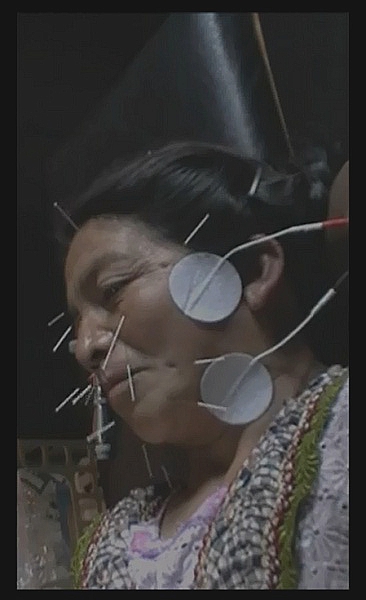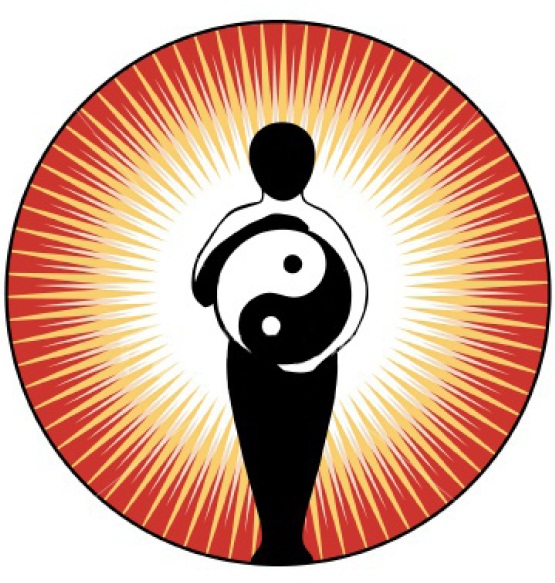
Acupuncture, a word that literally means, “puncture with needle”, has been practiced around the world for over 2500 years. The historical origins of acupuncture are rooted in Traditional Chinese Medicine, and one of key fundamental is the intrinsic balance of energy or “qi” within the body. The best way to visualize this balance is by looking at the well-known yin yang symbol.
Yin [According to urbandictionary.com ying-yang is an erroneous spelling CP] and yang are found everywhere in nature, as complementary opposites, neither exist without the other. Humans are always in a dynamic balance, and optimal health requires the body to be able to adapt to various internal and external changes. Illness arises when this balance is disrupted, and homeostasis is now longer intact.
Traditional Chinese Medicine practitioners found they were able to access the vital energy of the body through the insertion of acupuncture needles into points along the 12 different energetic meridians within the body. These “points of insertion” or “where the needle goes” have been developed over many years of pattern recognition and diagnosis. The goal of acupuncture is to restore normal functions by stimulating certain points on the meridians to restore the body’s flow of energy.

Contemporary evidence- based medicine looks to understand the acupuncture from the reductionist perspective focusing on determining the mechanism of the concern, and diagnosing a neurological dysfunction in the individual. This new type of clinical knowledge has made acupuncture increasingly popular within the western medicine.
Physiotherapists and chiropractors commonly use acupuncture for musculoskeletal problems. This type of acupunctures needling induce a chain of events that results in the release of neurotransmitters and neurohormones resulting in widespread and measurable effects on pain, and tissue healing.
In addition, clinical studies have demonstrated efficacy [the capacity to produce an effect ] for treatment of irritable bowel disorder, insomnia, fertility and support with assisted conception.
While the use of acupuncture has been increasing in popularity, it is important to continue to respect the vast amount of clinical knowledge Traditional Chinese Medicine acupuncture point indications are based in.
Naturopathic Doctors are a wealth of knowledge regarding use of Traditional Chinese Medicine and Acupuncture. We are trained from the Traditional Chinese Medicine background, but embrace the modern scientific explanations of acupuncture to treat a variety of conditions. Training for Naturopathic Doctors incorporates understanding Traditional Chinese Medicine, clinical case taking, and hands on clinical practice utilizing various acupuncture needling techniques. For the Silo, Ashley Beeton ND.